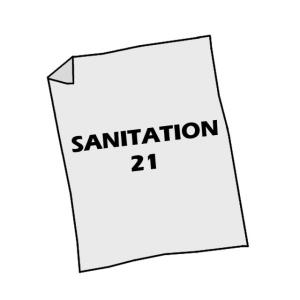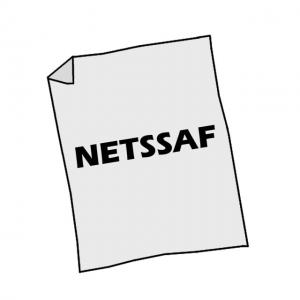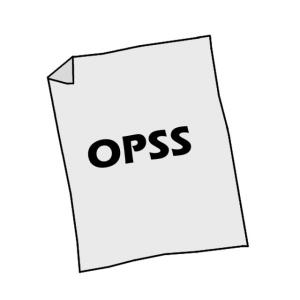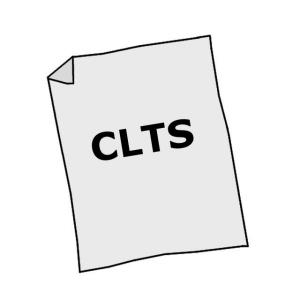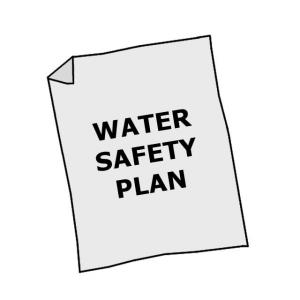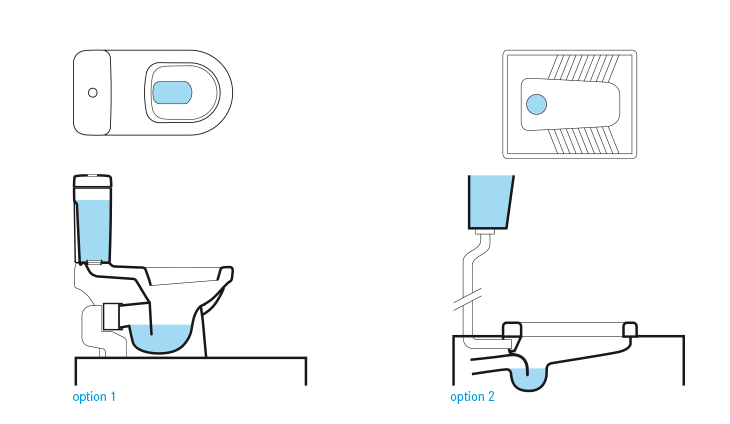
The cistern flush toilet is usually made of porcelain and is a mass-produced, factory-made user interface. The flush toilet consists of a water tank that supplies the water for flushing the excreta and a bowl into which the excreta are deposited.
| In | Out |
|---|---|
Freshwater, Urine or Yellowwater, Faeces, Excreta, Dry Cleansing Materials, Aanal Cleansing Water |
Blackwater |
The attractive feature of the cistern flush toilet is that it incorporates a sophisticated water seal to prevent odours from coming back up through the plumbing. Water that is stored in the cistern above the toilet bowl is released by pushing or pulling a lever. This allows the water to run into the bowl, mix with the excreta, and carry them away.
Modern toilets use 6 to 9 L per flush, whereas older models were designed for flushwater quantities of up to 20 L. There are different low-volume flush toilets currently available that can be used with as little as 3 L of water per flush. In some cases, the volume of water used per flush is not sufficient to empty the bowl and, consequently, the user has to flush two or more times to adequately clean the bowl, which negates the intended saving of water.
A good plumber is required to install a flush toilet. The plumber will ensure that all valves are connected and sealed properly, therefore, minimizing leakage.
It is a safe and comfortable toilet to use provided it is kept clean.
Although flushwater continuously rinses the bowl, the toilet should be scrubbed clean regularly to maintain hygiene and prevent the buildup of stains. Maintenance is required for the replacement or repair of some mechanical parts or fittings. Menstrual hygiene products should be collected in a separate bin (see also menstrual hygiene management).
A flush toilet should not be considered unless all of the water distribution and sewer connections (e.g. conventional sewers, separate sewers, simplified sewers or vacuum sewers and hardware accessories are available locally. The cistern flush toilet must be connected to both a constant source of water (can be a big problem and controversy in arid climates) for flushing and a collection and storage/treatment or conveyance technology to receive the blackwater. The flush toilet is suitable for both public and private applications and can be used in every climate (TILLEY et al. 2008).
Assembling and Installing a New Toilet
Describes how to install a toilet with full color photos and step-by-step instructions.
MAKI, B. (2005): Assembling and Installing a New Toilet. Hammerzone.com URL [Accessed: 25.08.2014]Toilets: Installation and Repair
Describes each part of the toilet in detail and provides links to other tools, such as how to install a toilet, how to fix a leaking toilet and other toilet essentials.
VANDERVORT, D. (2007): Toilets: Installation and Repair. HomeTips.com URL [Accessed: 25.08.2014]

